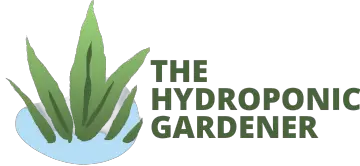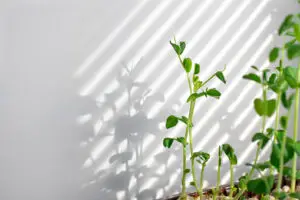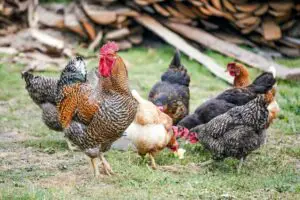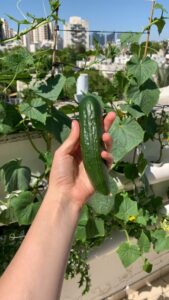Hydroponics is becoming more popular as a gardening technique, especially among those with limited space to garden. While it is a great way to get the most out of your indoor or outdoor garden, there are many variables that you must consider to ensure success.
One of these is the substrate used; pea gravel has become an increasingly frequent choice for hydroponic gardens due to its ability to provide an efficient drainage system and ideal air-to-water ratio – but does this mean it is suitable for all kinds of hydroponic systems?
The answer is more complicated than a simple yes or no. Different hydroponic gardening systems require different substrates, and there may be better choices for some than pea gravel.
While it certainly provides an efficient drainage system and air-to-water ratio, it does not provide the same level of support for plants’ roots as other substrates such as Rockwool, coco coir, or perlite. Pea gravel can also be difficult to clean and may contain bacteria that can harm plants.
In this post, we’ll answer that question by taking a closer look at what aquaponics and microgreens require from their substrate type and investigate if pea gravel does fit the bill.
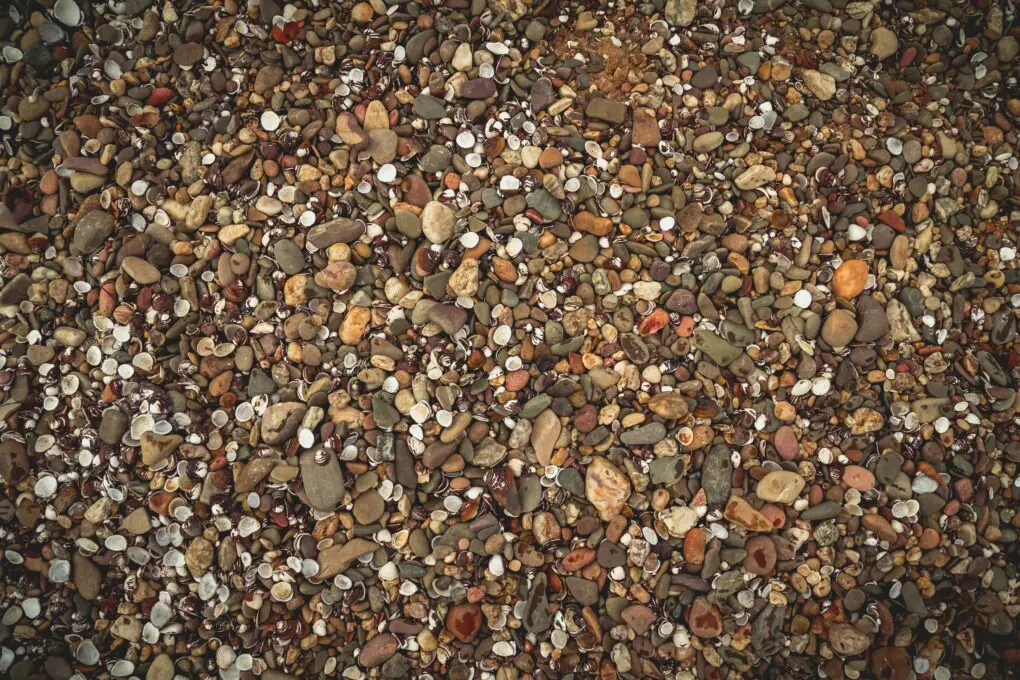
Image credit:pixabay.com
What Is Pea Gravel?
Pea gravel is hard, round stone commonly used in landscaping. Its size and composition make it attractive and practical, being small enough to line the bottom of waterways or hardscapes but durable enough not to break down easily.
Whether or not pea gravel can be used in hydroponics systems depends on what type of system you are using and how much oxygen the roots need. In hydroponics that do not require oxygen, pea gravel may work well as a medium as long as it has been properly sterilized before use.
In addition to using pea gravel in hydroponic systems, it’s also important to ensure any irrigation hardware is properly pre-filtered to prevent pebbles from entering and clogging up pumps or pipes. This can be especially true for systems that use small pumps as they require very efficient filtration of the water being pumped in.
Although many people successfully use pea gravel in hydroponics with great success, whether this option is suitable for your specific situation depends on the minute details of the system’s components and design.
Is Pea Gravel Good For Hydroponics?
Yes, pea gravel can be a suitable material to use in hydroponics. A key factor is the oxygen requirements of the system; if oxygen is not needed for the plants to grow, then pea gravel can be used as long as it has been properly sterilized before use.
Additionally, any irrigation hardware should be pre-filtered to prevent clogging with small pumps. Ultimately, whether or not this option is suitable for your specific situation depends on the details of your system’s components and design.
Pea gravel offers the advantage of being relatively inexpensive and readily available, and, in many cases, it can provide adequate support for most plants grown hydroponically. However, it does have one notable disadvantage: compared to other growing media, such as expanded clay pellets or rock wool cubes, pea gravel does not provide much space for plant roots to branch out, so the roots may become more compact due to lack of room.
Another downside is that pea gravel needs to work better with automated nutrient systems or constant watering because it relies on evaporation for nutrient uptake. In these situations, an alternative hydroponic medium is recommended.
Ultimately, before selecting a medium for your hydroponic garden, consider the types of plants you are growing and the particular environment you are creating to ensure optimum growth conditions.
Will plants Grow In Pea Gravel?
This is a common question amongst hydroponic gardeners hoping to add more aesthetic value to their gardens. The answer is generally yes, although it depends on the type of plant being grown.
Pea gravel is an excellent growing medium for hydroponic plants, providing the perfect balance of drainage, air-to-water ratio, and root support. Its small size and durable composition make it ideal for lining hardscapes or other water features, while its durability and practicality help it withstand the rigors of hydroponic gardening.
However, due to its small size and lack of space for roots to branch out, plants that require more oxygen may not do as well in pea gravel. Additionally, because it relies on evaporation for nutrient solution uptake, it only works well with automated systems or constant watering.
However, as hydroponics grows in complexity, it may be necessary to supplement the pea gravel with other substrates like rock wool, coconut fiber, or clay pellets. Some plants require additional amendments like fertilizers or pH modifiers depending on the level of nutrients in the water.
More delicate plants may require a softer medium, such as clay balls, to cushion weak root systems. Ultimately, if your plants are thriving in pea gravel, you can keep using it, but if not, it might be worth experimenting with alternate substrates and growing conditions until you find something that works!
Can You Use Pea Gravel For Hydroponics?
Can you use pea gravel for hydroponics? The answer is yes, although it has certain limitations. Pea gravel can be used with an inert medium, like perlite or coconut coir, to provide stability and support to the roots of plants in ebb-and-flow hydroponic systems.
However, pea gravel is not suitable for all hydroponic systems because it does not provide enough oxygen for most plants to grow. Additionally, it can be challenging to maintain a consistent nutrient balance with pea gravel due to its reliance on evaporation for nutrient uptake.
When using pea gravel, it’s important to ensure the size and shape are suitable for hydroponics—pea gravel should be 1/4 inch or greater in size with smooth edges to avoid blocking water flow in the system.
You also need to steam or bake pea gravel before use, as it may contain bacteria or other contaminants. Some growers consider adding an organic additive, like compost tea, to “charge” the pea gravel and help make nutrients more available to plants.
Ultimately, whether you choose to use pea gravel in your hydroponic system will depend on what type of crops you plan to grow and your experience with this popular plant-growing method.
Pros And Cons Of Pea Gravel Usage
Pea gravel is an exciting prospect for hydroponic gardening, as this substrate provides pros and cons. Here are some of the most important ones:
Pros:
- Pea gravel provides excellent drainage and air-to-water ratio, helping to prevent root rot.
Its small size allows for dense planting and easy maintenance. - It has a durable medium, making it ideal for lining hardscapes or other water features.
- A durable option that is easy to clean and store.
Cons:
• They can become clogged easily, reducing oxygen levels for the plants.
• Have Nutrients must be replenished often as pea gravel relies on evaporation for uptake.
• It does not support robust root systems, so more delicate plants may need to be potted in other substrates.
• Must be baked or steamed before use to avoid introducing contaminants into the system.
This substrate is an affordable and long-lasting option that can be used to successfully grow many plants in various settings if properly cared for. Do your research before investing in this exciting new gardening technique! Overall, if used correctly, the Pros outweigh the cons; however, ensuring such balance is achieved can require some trial and error, so doing your research beforehand is key.
FAQ
Yes, gravel can be used instead of Leca in hydroponic gardening. However, this is not ideal as gravel does not provide enough aeration and drainage. It also tends to have sharp edges that can damage plant roots and cause stress or even death.
Additionally, gravel may contain harmful substances such as pesticides or fertilizers that could harm your plants. For these reasons, it is usually recommended to use Leca instead of gravel. This will provide the best environment for plant growth and health.
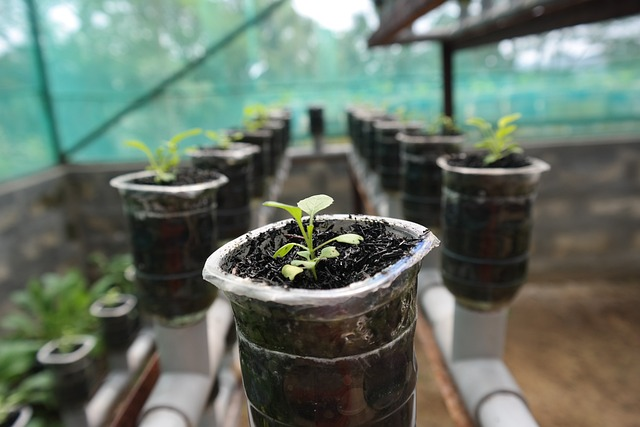
Image credit:pixabay.com
Conclusion
While Pea Gravel can be used in hydroponics, it is important to research to ensure it will support your plants. There are many factors to consider when growing plants; each grower will have different results.
Pea gravel may not be the best substrate for all plants, but it can be a good option for some setups. With proper research, you can determine if pea gravel is the right substrate for your hydroponic system.
